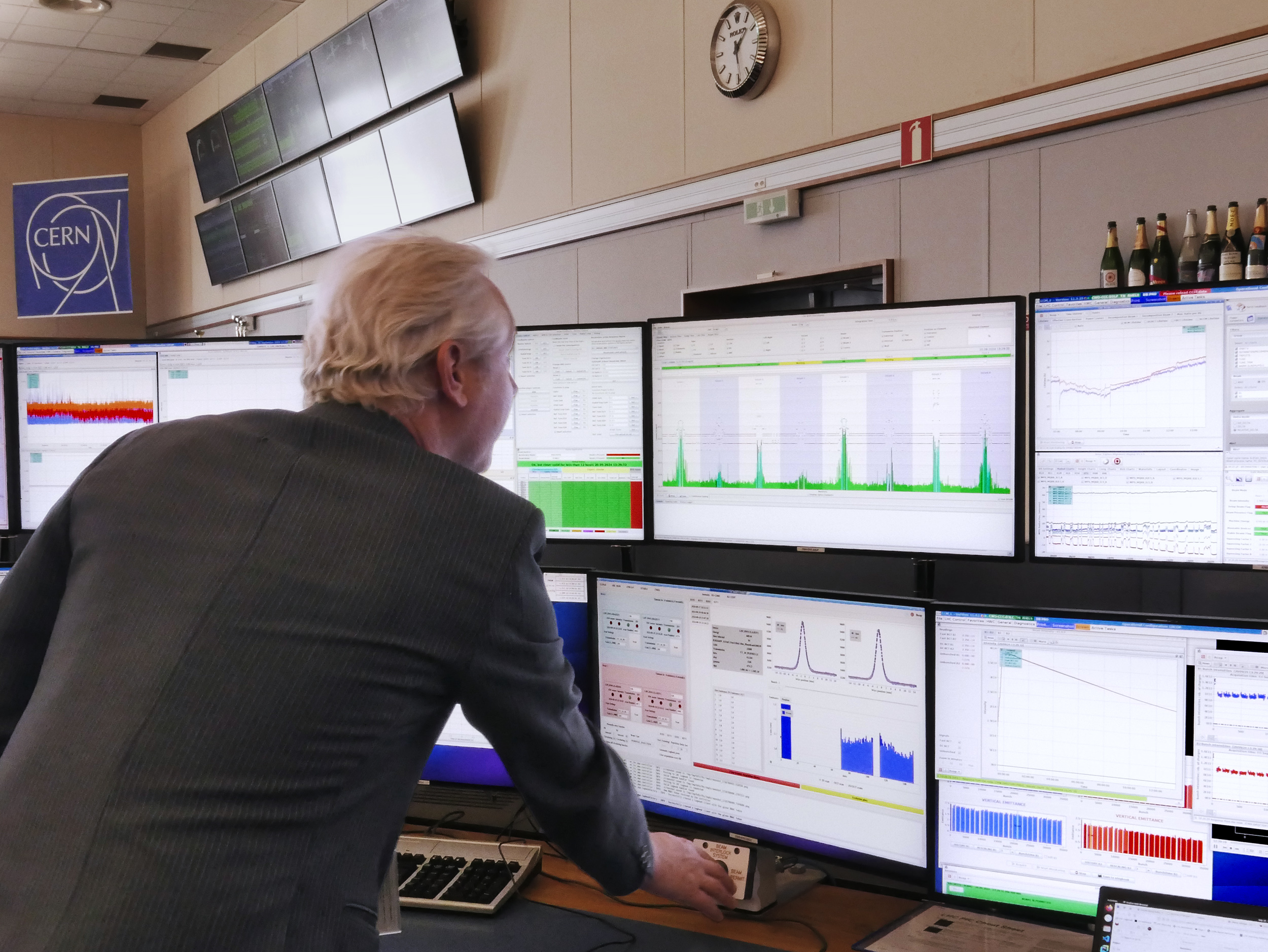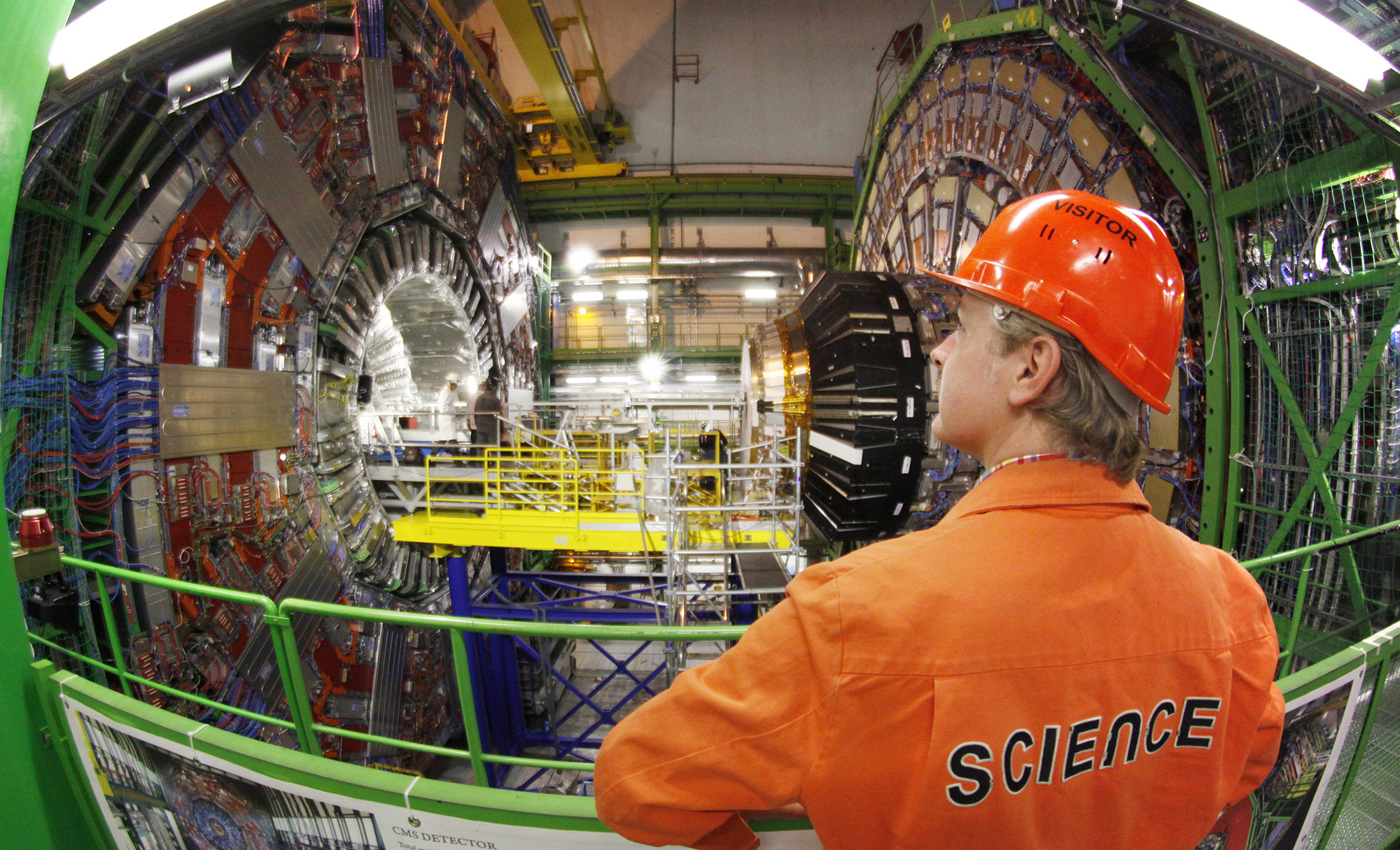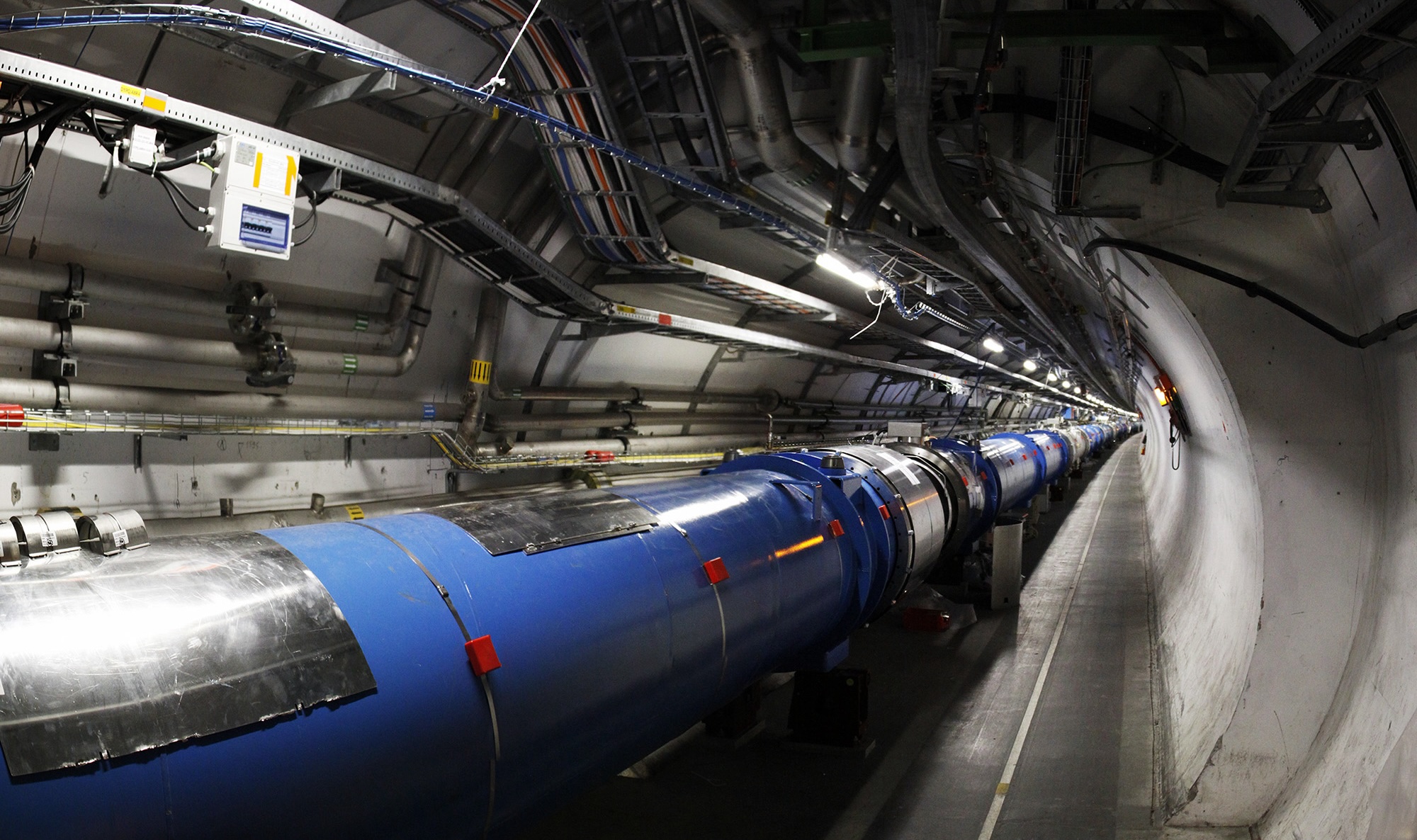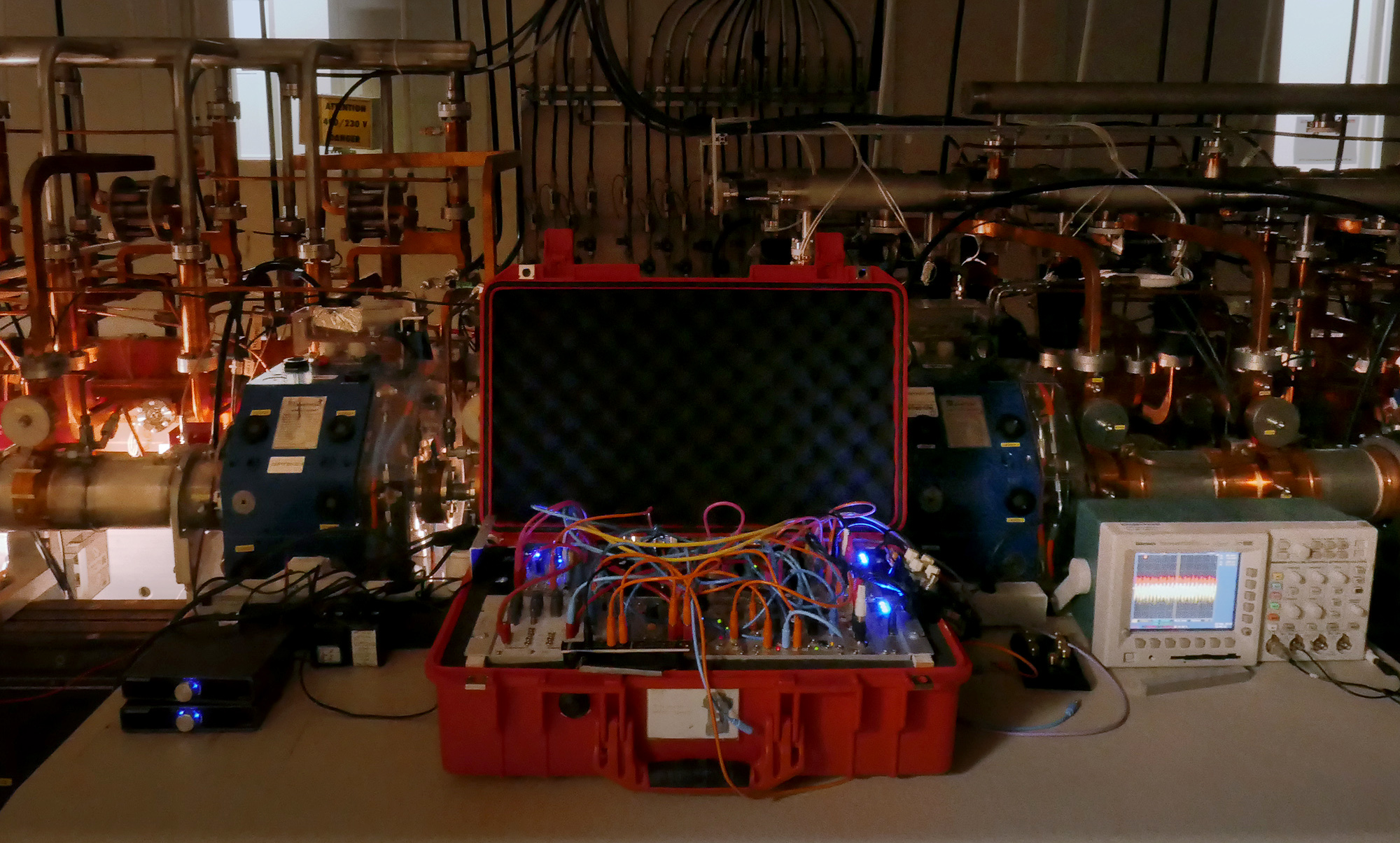When art collides with science and technology, magic happens. This cross-disciplinary, creative collision is at the heart of everything ANAT does, most notably in our flagship residency program, ANAT Synapse.
ANAT Synapse is a residency program that involves Australian research organisations hosting artists in residence to undertake a period of creative research and practice. The program brings artists and researchers together in partnerships that generate new knowledge, ideas and processes beneficial beyond both fields.
Since its genesis in 2004, ANAT Synapse has enabled research collaborations between more than 100 artists and scientists. We have facilitated crossovers between numerous artistic and scientific disciplines over the years – between sound design and ecology, new media and data science, poetry and astrophysics, and many, many others. All genres of practice and fields of study are welcome.
In 2024, ANAT celebrated 20 years of the Synapse residency program by offering the ANAT Synapse Fellowship.
ANAT Synapse Fellowship
On 12 February, 2025 we held an online event showcasing the inaugural fellow, Chris Henschke’s creative research project Future Accelerations & Quantum Expressions, developed during his time at CERN, the European Organisation for Nuclear Research.
Hosted by ANAT’s CEO Melissa DeLaney, our wonderful speakers were
Dr Chris Henschke 2024 ANAT Synapse Fellow
Prof Mark Boland University of Saskatchewan & Canadian Light Source
Dr Michael Hoch CERN, KIT – Karlsruhe Institute for Technology

Chris Henschke crashing the Large Hadron Collider (LHC), image courtesy the artist.
CHRIS HENSCHKE + MARK BOLAND (UNIVERSITY OF SASKATCHEWAN & CANADIAN LIGHT SOURCE) & MICHAEL HOCH (CMS)
We were delighted to announce, Chris Henschke was named the recipient of the ANAT Synapse Fellowship for 2024!
This prestigious fellowship, commemorating 20 years of the ANAT Synapse residency program, offered a one-off fund to support a Synapse Alumnus in propelling the trajectory of their interdisciplinary artistic practice.
Chris was awarded $20,000 to undertake the creative research project Future Accelerations & Quantum Expressions, returning to CERN for an exciting two-month collaborative residency through the ART@CMS program. Working alongside his longtime collaborator Mark Boland (University of Saskatchewan and the Canadian Light Source), and CERN physicist Michael Hoch, Chris developed several interrelated media and sculptural projects. His research culminated in a presentation and performance as part of CERN’s 70th birthday.
Read Chris' creative research journal

Chris Henschke at the CERN CMS (2014). Photograph by Michael Hoch.
During his ANAT Synapse Fellowship, Chris delved into future accelerator technologies and expanded upon his exploration of matter-energy harmonics, a pivotal aspect of particle physics. Drawing from his experiences in both his 2010 ANAT Synapse and 2018 ANAT Synapse CSIRO residencies, Chris broadened his artistic practice by venturing into new realms of experimentation and performative expression.
Chris Henschke’s 2010 ANAT Synapse project Lightbridge, in collaboration with physicist Mark Boland, aimed to create an audio-visual interface to explore the nature of the Australian Synchrotron’s ‘tune’ – what scientists call the complex frequency harmonics generated from the synchrotron’s beam status and position data – and to make this real-time data available to other artists and researchers.

The Large Hadron Collider. Photo by Chris Henschke.
In his 2018 residency, Chris worked with CSIRO scientists Xavier Mulet and Michael Batten to test the potential for programmable Metal Organic Frameworks (MOFs) to produce audiovisual effects. He experimented with the nature of chemical synthesis, and how this could be manifested using the MOF chemicals directly. His experiments were then showcased in the Synthesism exhibition.
In 2024, in his ANAT Synapse Fellowship, Chris developed a series of interdisciplinary art/physics projects at CERN, the European Organisation for Nuclear Research, working with his original 2010 Synapse collaborator Mark Boland, and CMS physicist Michael Hoch.
As part of the ANAT Synapse program, residents create online creative research journals, these serve as unique live documents of the residency and as a cultural artefact.

Chris Henschke, analog laptop reactivation of the semi-obsolete CLIC accelerator test facility, photograph Chris Henschke.
Chris Henschke is an artist who works with analogue and digital media, using methods and materials from experimental science, and has undertaken experimental interdisciplinary collaborations with scientists since 1991. Residencies include the National Gallery of Australia, 2004; an Asialink residency at Chulalongkorn University Bangkok, 2007; two residencies at the Australian Synchrotron, 2007 and 2010; and an ANAT Synapse residency with the CSIRO in Clayton, 2018-2019.
Chris’ academic qualifications include a Doctorate of Philosophy from Monash University (2013-2017), comprised of on-site research/practice at the European Organisation for Nuclear Research (CERN), Switzerland, as part of the ‘art@CMS’ collaboration program. Somewhat recent exhibitions include: How Everything Began, a group show at the Natural History Museum, Vienna, 2016, opened by Nobel Physics laureates Peter Higgs & Anton Zeilinger; Song of the Phenomena and Demon Core, commissioned for DARK MOFO 2019, Hobart; and Synthesism, an in-situ installation/presentation of his CSIRO nanomaterial experiments, 2019.

Left: Mark Boland, image courtesy Canadian Light Source. Right: Michael Hoch, image courtesy Compact Muon Solenoid.
Prof. Boland completed a PhD in nuclear physics at the University of Melbourne, Australia, and a postdoc at Lund University, Sweden. He then became an accelerator physicist and between 2003-2017 helped build and operate the Australian Synchrotron. In 2017, Prof. Boland was appointed as the Machine Director at the Canadian Light Source and a Professor at the University of Saskatchewan. Awards and honours include a Fulbright Fellowship at Stanford and a JSPS Fellowship in Japan.
Michael Hoch, born in Vienna, Austria, studied applied physics at the University of Technology Vienna and pursued a teaching degree in physics and sports at the University of Vienna. He conducted doctoral research in particle physics at CERN, where he contributed significantly to the ALICE TPC field cage for the CERN-LHC project and later to the CMS experiment. In 2012, he founded the art@CMS program, followed by the ORIGIN network in 2017, both fostering dialogue between science and art globally.
The ANAT Synapse Fellowship is supported by the Australian Network for Art and Technology (ANAT) and the ART@CMS program at the European Organization for Nuclear Research/Conseil européen pour la Recherche nucléaire (CERN).
ANAT Synapse Residencies 2024 | 2023 | 2022 | 2021 | 2020 | 2019 | 2018 | 2017 | 2016 | OLDER
For over thirty-five years, from its home base, Tarndanya on Kaurna Country (Adelaide, South Australia), the Australian Network for Art and Technology (ANAT) continues to be the national leader in the field of experimental arts and cross-disciplinary practice with science and technology partners. The not-for-profit organisation operates on a continuum with varying entry points, including residencies, workshops and triennial events. Engaging artists at every level of their creative research practice, sci-tech-art curious audiences and science and technology partners like universities and research facilities, ANAT believes in the essential role artists play across all areas of society.